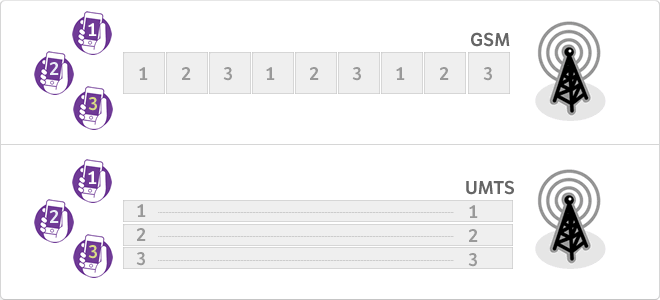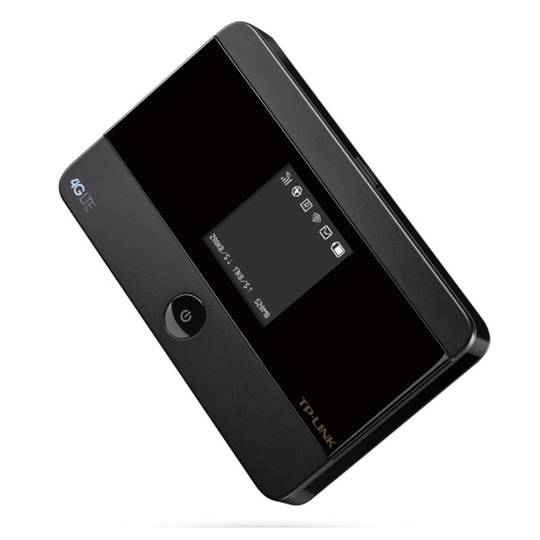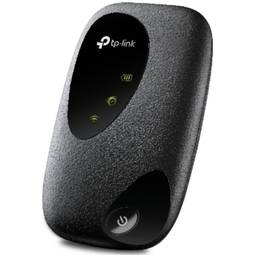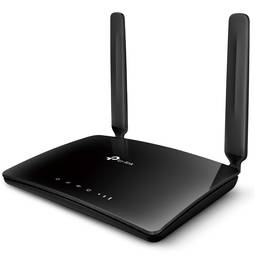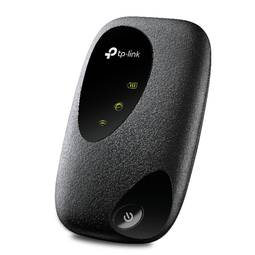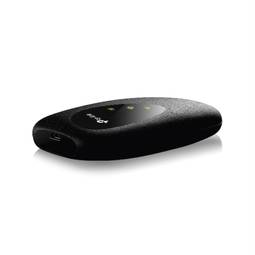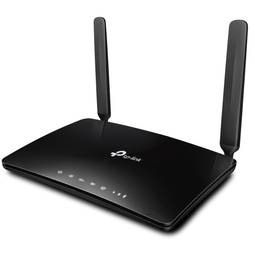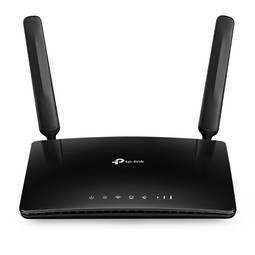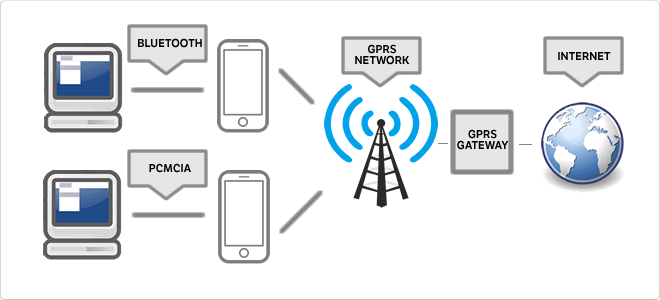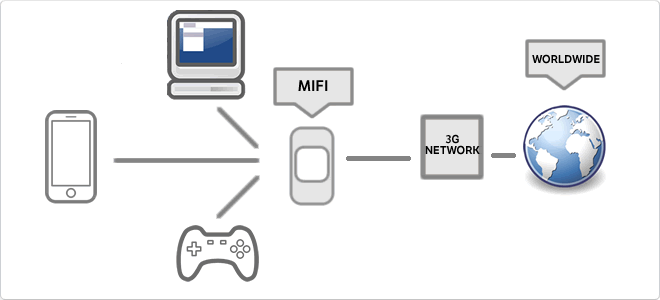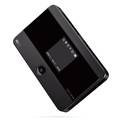05/02/2024 10:37 p.m.
https://cablematic.com/en/products/tp-link-m7350-mifi-lte-4g-wireless-cellular-network-equipment-TP171/
https://cablematic.com/en/products/tp-link-m7350-mifi-lte-4g-wireless-cellular-network-equipment-TP171/
TP-Link M7350 Mifi LTE 4G Wireless Cellular Network Equipment
REF: TP171
Specifications
- Device type: Equipment for wireless cellular network.
- Product Color: Black.
- Market position: Portable.
- Wi-Fi standards: 802.11b, 802.11g, Wi-Fi 4 (802.11n).
- WLAN data transfer rate, supported: 150 Mbit/s.
PVP
€84.88
Price including VAT:
€84.88
PVD
€81.62
PVP: Retail price.
Check conditions.
PVP: Sale price to distributors.
Check conditions.
Buy before:
Receive it:
6 business days
Delivery times are approximate. Cablematic is not responsible for delays.
warranty
returns
safe
Specifications
- Device type: Equipment for wireless cellular network.
- Product Color: Black.
- Market position: Portable.
- Wi-Fi standards: 802.11b, 802.11g, Wi-Fi 4 (802.11n).
- WLAN data transfer rate, supported: 150 Mbit/s.
More info
Black color wireless cellular network kit from TP-Link, designed to be portable. It offers a data transfer rate of up to 150 Mbit/s via Wi-Fi 802.11b, 802.11g and Wi-Fi 4 (802.11n) standards. In addition, it supports 2G, 3G, 4G, Edge, GPRS, GSM, HSPA, HSPA+, LTE and UMTS data networks, with the 2G GPRS and GSM standards and the 3G DC-HSPA+, HSPA and UMTS standards. The compatible memory card is MicroSD (TransFlash) and the supported security algorithms are WPA-PSK and WPA2-PSK. Manufactured by TP-Link with reference M7350.
Specifications
Specifications
- Device type: Equipment for wireless cellular network.
- Product Color: Black.
- Market position: Portable.
- Wi-Fi standards: 802.11b, 802.11g, Wi-Fi 4 (802.11n).
- WLAN data transfer rate, supported: 150 Mbit/s.
- Data network: 2G, 3G, 4G, Edge, GPRS, GSM, HSPA, HSPA+, LTE, UMTS.
- 2G standards: GPRS, GSM.
- 3G standards: DC-HSPA+, HSPA, UMTS.
- Compatible memory cards: MicroSD (TransFlash).
- Supported security algorithms: WPA-PSK, WPA2-PSK.
- Gross Weight: 100 g
- Number of packages: 1
- Master-pack: 1
Technical terms
- GSM
- SD, MiniSD, MicroSD
- GPRS
- UMTS
- MiFi
- 4G
- Wifi
GSM
The global system for mobile communications (English Global System for Mobile communications, GSM, and originally from the French groupe spécial mobile) is a standard system, royalty-free, digital mobile phone. A GSM client can connect through your phone to your computer and send and receive emails, faxes, surf the Internet, access to the computer network security acompany (LAN/Intranet) and use other functions of digital data, including short message service (SMS) or text messages. What are the differences between GSM and UMTS? The GSM system operates by TDMA, ie, time is divided into slots and each user is assigned a slot, ie, a period for which data can be transmitted. Therefore each channel is shared by a ndetermined number of users. The system is a UMTS (WCDMA) code division multiple access broadband. In this system there are no time slots and GPRS. All users transmit simultaneously on the channel, but each user signals are encoded with a unique code so that even though we think that an "indecipherable signal" is formed by using the same frequencies simultaneously, It is not toyes, because the base station is capable of decoding and re perfectly separate each of the communications received from different users. This obviously implies a much higher channel utilization, to not share in time.
